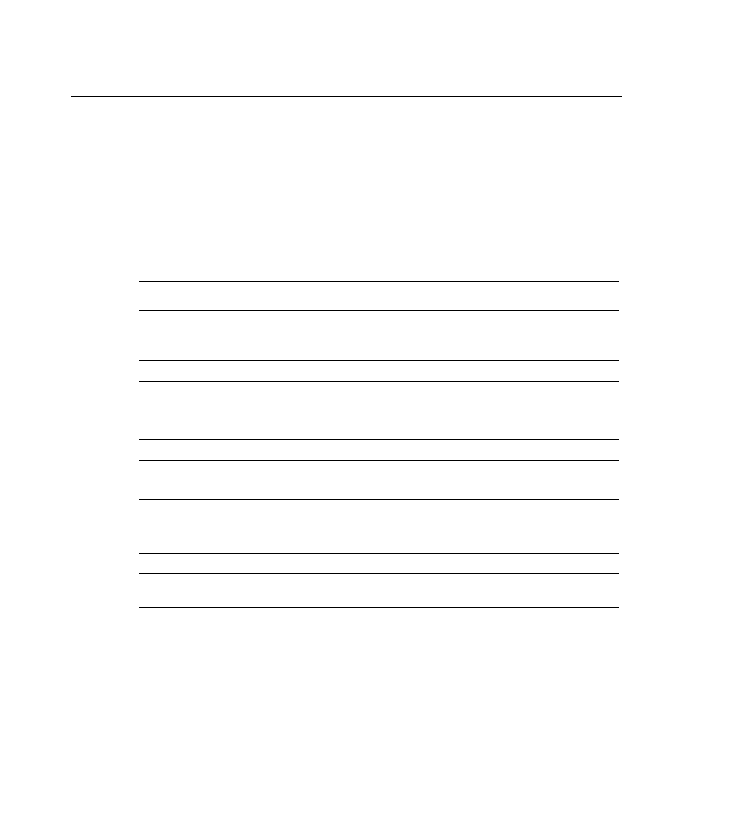
Determining Which WAN Technology to Use
295
The following sections discuss technologies available to the CCDP.
Determining Which WAN Technology to Use
Customers often ask which technology is best for their company. That's a difficult question to
answer until the customer's technical requirements are analyzed. Table 9-2 lists some of the
available WAN technologies, along with their advantages and disadvantages.
NOTE
X.25, Frame Relay, and ISDN technologies are covered in greater detail in later chapters.
The following list gives a few more details:
·
Frame Relay
-- Advantages
--Frame Relay is available just about everywhere. It has high speed
and low latency. Recently, the introduction of voice over frame has become
popular.
-- Disadvantages
--It's "shared" in the Frame Relay network. Security could be an
issue, depending on the provider. It has no error-checking capability.
-- Cost
--It's relatively cheap.
Table 9-2
Technology Advantages and Disadvantages
Technology
Disadvantage
Advantage
Cost
Frame Relay (packet-
switched)
Shared in cloud
Nonsecure
Cost-effective mesh
High speed, low latency
Toll bypass
Inexpensive
X.25 (packet-switched)
Difficult to configure
Reliable WAN circuit
Expensive
ISDN (circuit-
switched)
Nonstandard
configurations
Flexible backup technology
Support for voice, video, and data
Expensive in
most areas
Leased lines
Not flexible
Low-cost connectivity in
nonmesh
Not shared
ATM (packet-switched)
Difficult to configure
Speed, toll bypass
Expensive
DSL (leased line)
Not everywhere;
limited availability
Speed
87200333.book Page 295 Wednesday, August 22, 2001 2:53 PM
